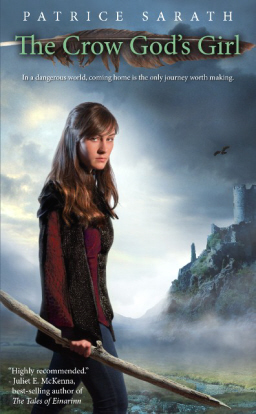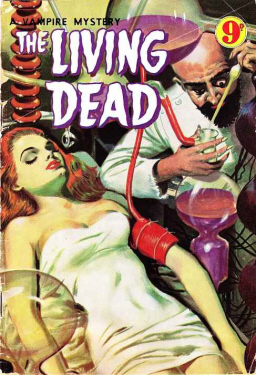Blogging Dell Comics’ Hercules and Hercules Unchained
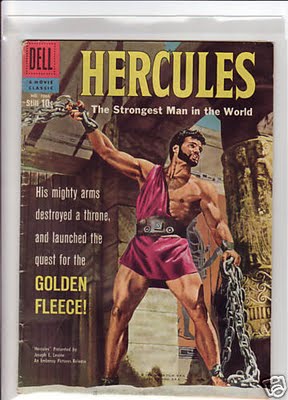
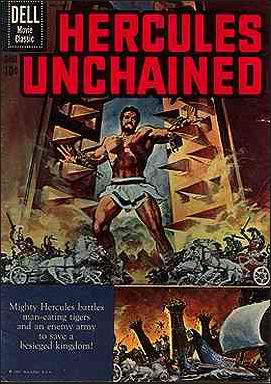 When bodybuilder turned actor Arnold Schwarzenegger brought Robert E. Howard’s Conan the Barbarian to the big screen in a pair of stylish costume dramas in the early 1980s, it ushered in a Sword and Sorcery craze with scores of imitators on the big and small screen eager to recapture the first film’s runaway success. For many, it was as if history was repeating itself for in the 1950s, bodybuilder turned actor Steve Reeves had starred in a pair of Sand and Sandal epics, Hercules and Hercules Unchained that created a similar sensation. The Italian sword and sandal craze (or peplum, to use their proper title) dominated the European box office in the late 1950s until the advent of the so-called Spaghetti western in 1964. The film that started it all was Pietro Francisi’s The Labors of Hercules (1957) which was dubbed in English by Joseph Levine’s fledgling Embassy Pictures and released as Hercules by Warner Bros. in the US in 1958. Its success led to a Dell Comics adaptation by the legendary John Buscema in 1959.
When bodybuilder turned actor Arnold Schwarzenegger brought Robert E. Howard’s Conan the Barbarian to the big screen in a pair of stylish costume dramas in the early 1980s, it ushered in a Sword and Sorcery craze with scores of imitators on the big and small screen eager to recapture the first film’s runaway success. For many, it was as if history was repeating itself for in the 1950s, bodybuilder turned actor Steve Reeves had starred in a pair of Sand and Sandal epics, Hercules and Hercules Unchained that created a similar sensation. The Italian sword and sandal craze (or peplum, to use their proper title) dominated the European box office in the late 1950s until the advent of the so-called Spaghetti western in 1964. The film that started it all was Pietro Francisi’s The Labors of Hercules (1957) which was dubbed in English by Joseph Levine’s fledgling Embassy Pictures and released as Hercules by Warner Bros. in the US in 1958. Its success led to a Dell Comics adaptation by the legendary John Buscema in 1959.
The plot of this first film was a reworking of the Greek myth of Jason and the Golden Fleece with Heracles (going by his Roman name, Hercules) promoted from a supporting player to the lead role. Of course within a few years, Charles Schneer and Ray Harryhausen would cover much of the same territory with Jason and the Argonauts (1963) creating a lasting classic which would quickly supplant the movie that started it all. The latter film’s longevity is largely due to Harryhausen’s superb stop motion effects work which continues to influence film-makers after half a century.


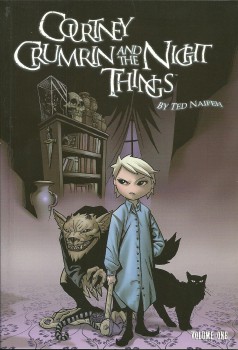 Be honest. If you had magical powers when you were a teenager, what would you have done? How long would you have walked the path of righteousness before cursing the school bullies? Before casting a spell to make yourself popular? Before just flat-out killing bad people? Would you have made friends with elves … or goblins?
Be honest. If you had magical powers when you were a teenager, what would you have done? How long would you have walked the path of righteousness before cursing the school bullies? Before casting a spell to make yourself popular? Before just flat-out killing bad people? Would you have made friends with elves … or goblins?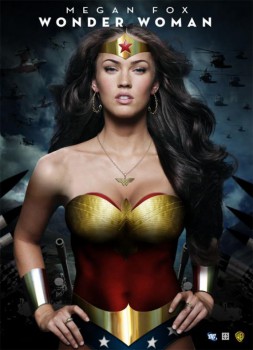
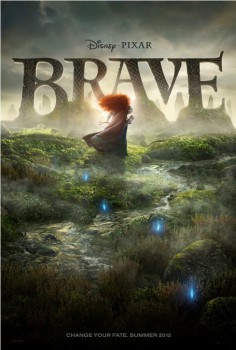 Who would think at the start of the summer that Brave was concealing more of its plot and themes than
Who would think at the start of the summer that Brave was concealing more of its plot and themes than 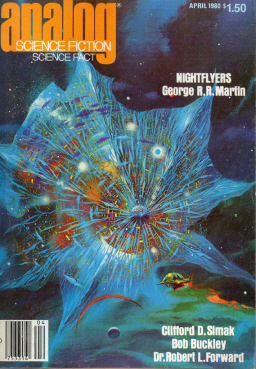
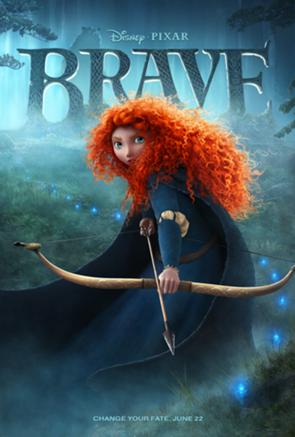 The Disney/Pixar partnership has always been willing to take some risks. Let’s face it, these are the people who turned a lost fish, talking cars, and Ed Asner in a floating house into deeply rich character-driven stories about the human condition. It’s really a wonder if there’s anything they can’t do well!
The Disney/Pixar partnership has always been willing to take some risks. Let’s face it, these are the people who turned a lost fish, talking cars, and Ed Asner in a floating house into deeply rich character-driven stories about the human condition. It’s really a wonder if there’s anything they can’t do well!